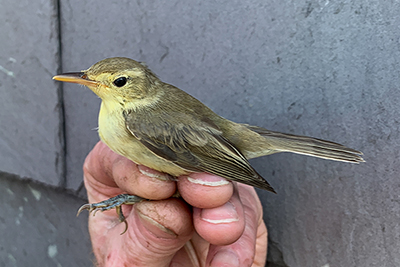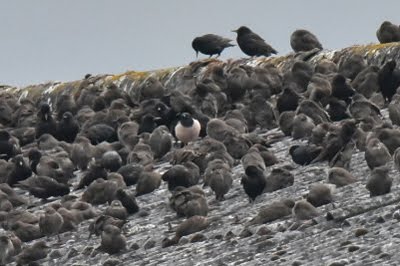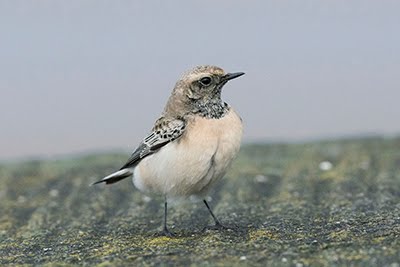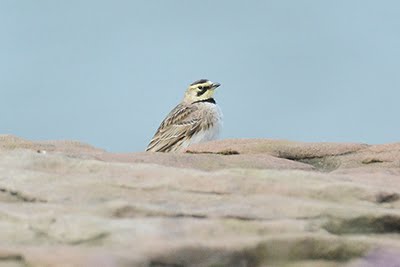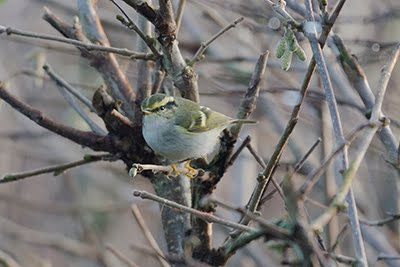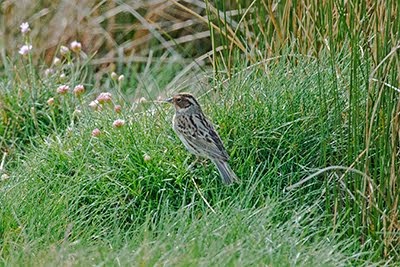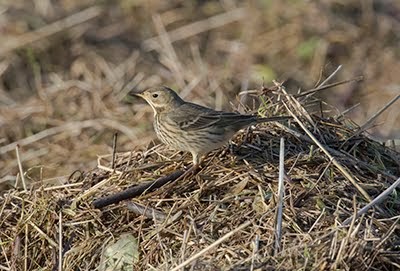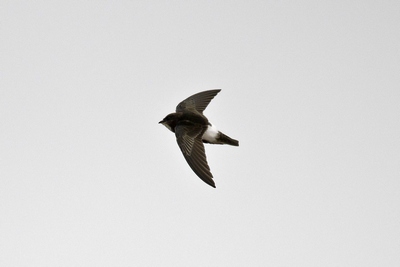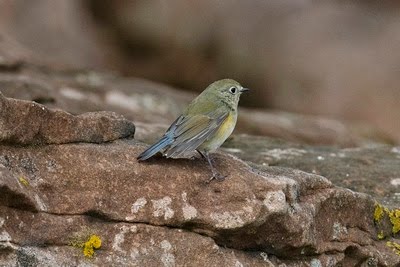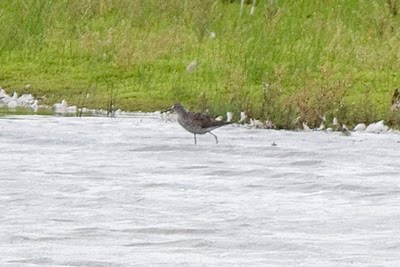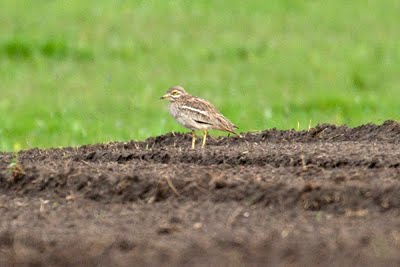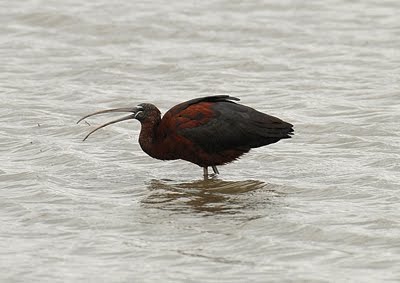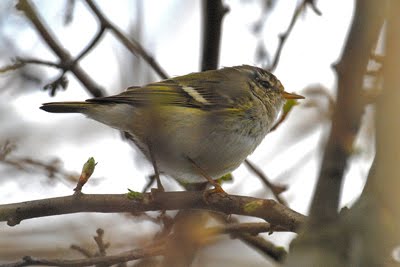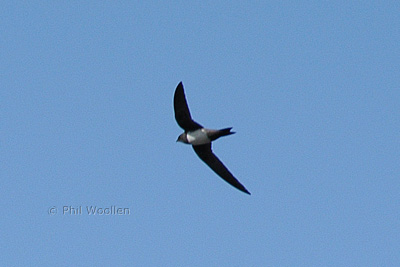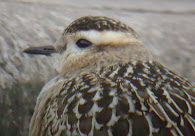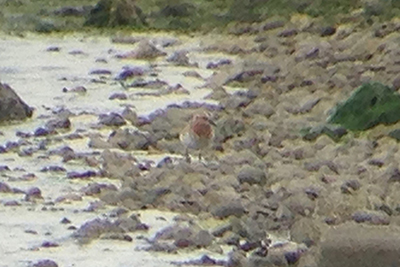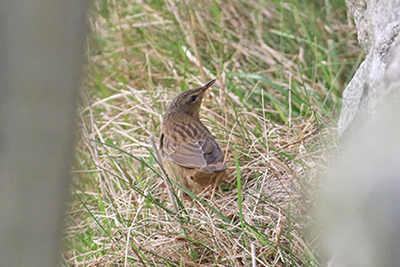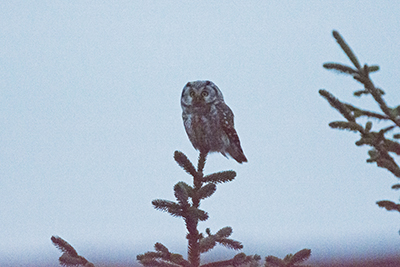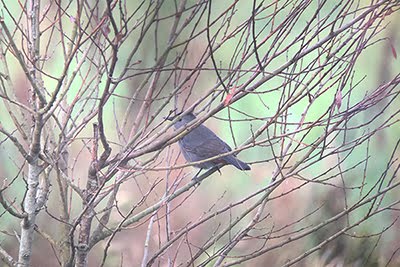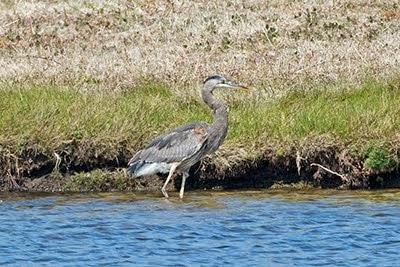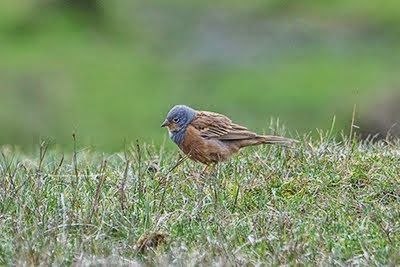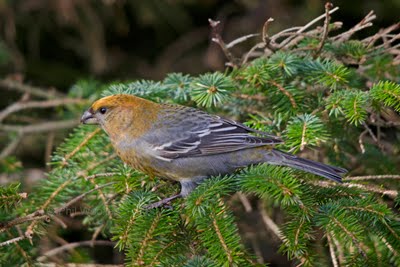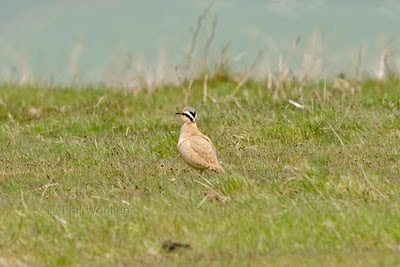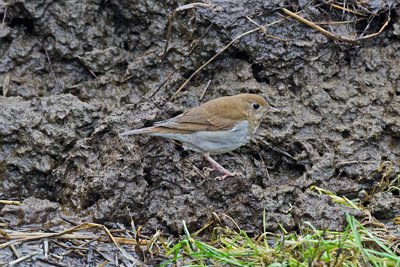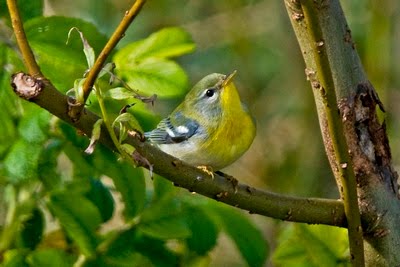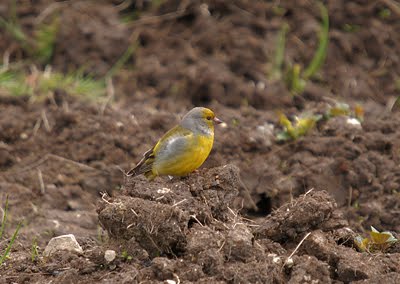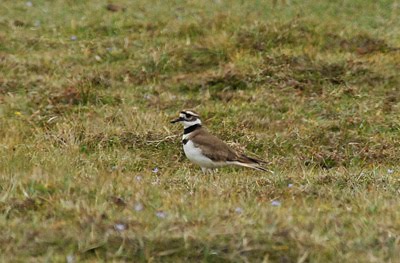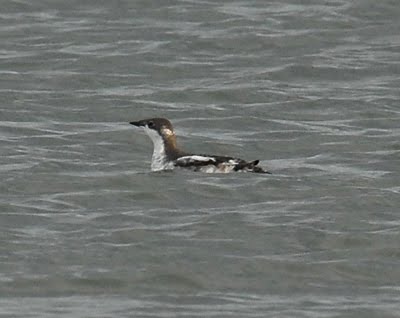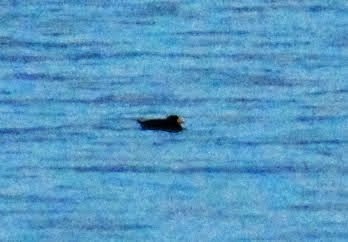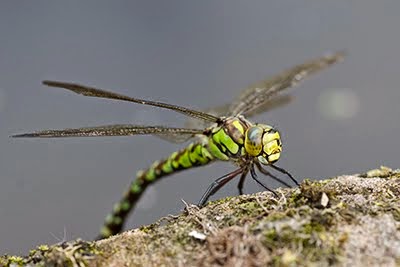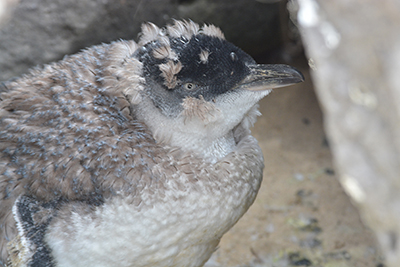What a momentous year 2015 turned out to be. As well as some
fantastic new birds we had our son’s wedding and a visit from our daughter,
granddaughter and son in law from Australia! We’ve gained a wonderful daughter
in law. Last year I made it into the 500 BOU club and this year I’ve added 4
more species to that list with potentially a 5th if the Chestnut
Bunting gets accepted.
The first new bird of the New Year was actually on the first
day of the year! A Little Bustard had been found New Year’s Eve near
Fraisthorpe, Yorkshire. I didn’t get the message until late and we were on a
family night out. Luckily Al Orton picked me up at some unearthly hour of the
morning and we arrived at first light to find the bird was still there!
I had to wait until April for the next new addition and again
it was the dream team of Orton & Woollen that made the overnight trip to
the Scillies for the UK’s 2nd Great Blue Heron. A pretty boring
looking bird but a stunning location and fantastic weather.
The autumn was relatively quiet although we had a fantastic
week on Fair Isle where for the 2nd year running we found a BBRC
rarity – this time a Paddyfield Warbler. No new birds and no hoped for Pallas’s
Grasshopper Warbler but we’ll be back on Fair Isle next autumn so fingers
crossed.
It wasn’t until the middle of October that another new
species was added to the list and this
time it was with Steve Williams that I made the return trip to Lewis to meet up
with Tony Marr again and get fantastic views of the male Wilson’s Warbler he’d
found behind his house. A 2nd for Britain no less following a bird a few
years ago in Ireland.
There was then a flurry of activity with yet another island
trip. This time it was Papa Westray for a potential 1st for Britain
in the form of a very confiding juvenile male Chestnut Bunting. Again Al Orton
was my partner in crime but joined this time by Sean Cole, Chris Bromley &
Stu Butchart. There have been other records of this species in the UK but all
have been rejected due to the possibility of escaped cage birds. However, this
one turned up at the same time as an influx of Siberian vagrants such as
White’s Thrush, Siberian Rubythroat and Blyth’s Pipit so it has good
credentials.
Within a couple of weeks I was off again - this time,
thankfully, more local but probably not as scenic! Incredibly a Crag Martin was
found flying around the crooked spire of St Mary’s Church in nearby
Chesterfield. There have been around a dozen records of this species in the UK
and most have been one day stayers. The only twitchable bird was at Flamborough
in 2014 and I happened to be in Australia!
More locally, in my adopted home county of Cheshire, we made
national news when a very confiding juvenile laughing Gull was found at New
Brighton. Another county first was found by the intrepid Lighthouse crew who
walked out to the tides edge at Hoylake to scan the huge flock of scoter that
had congregated in the hope of finding something interesting. They did and
several trips later I added Surf Scoter to my county list. Incredibly over the
weeks the flock was found to contain possibly 9 birds and with Velvet Scoter
and Long-tailed Duck amongst the same flock of 20,000 + Common Scoter many
people added, with patience, more than one species to their county lists!
I’ve been active on both Hilbre, ringing with the Bird Obs
and undertaking WeBs counts and with SCAN, where we had a pretty good season on
Puffin Island and some good canon netting days. Garden ringing has been quiet
with fewer birds ringed than last year due to the terrible weather we had in
November which meant the nets weren’t opened once!
What will 2016 bring? Hopefully a spring Blue Rock Thrush
somewhere slightly more accessible than Cornwall and for the autumn? A Fair
Isle Pallas’s Grasshopper Warbler would be a nice find.

















